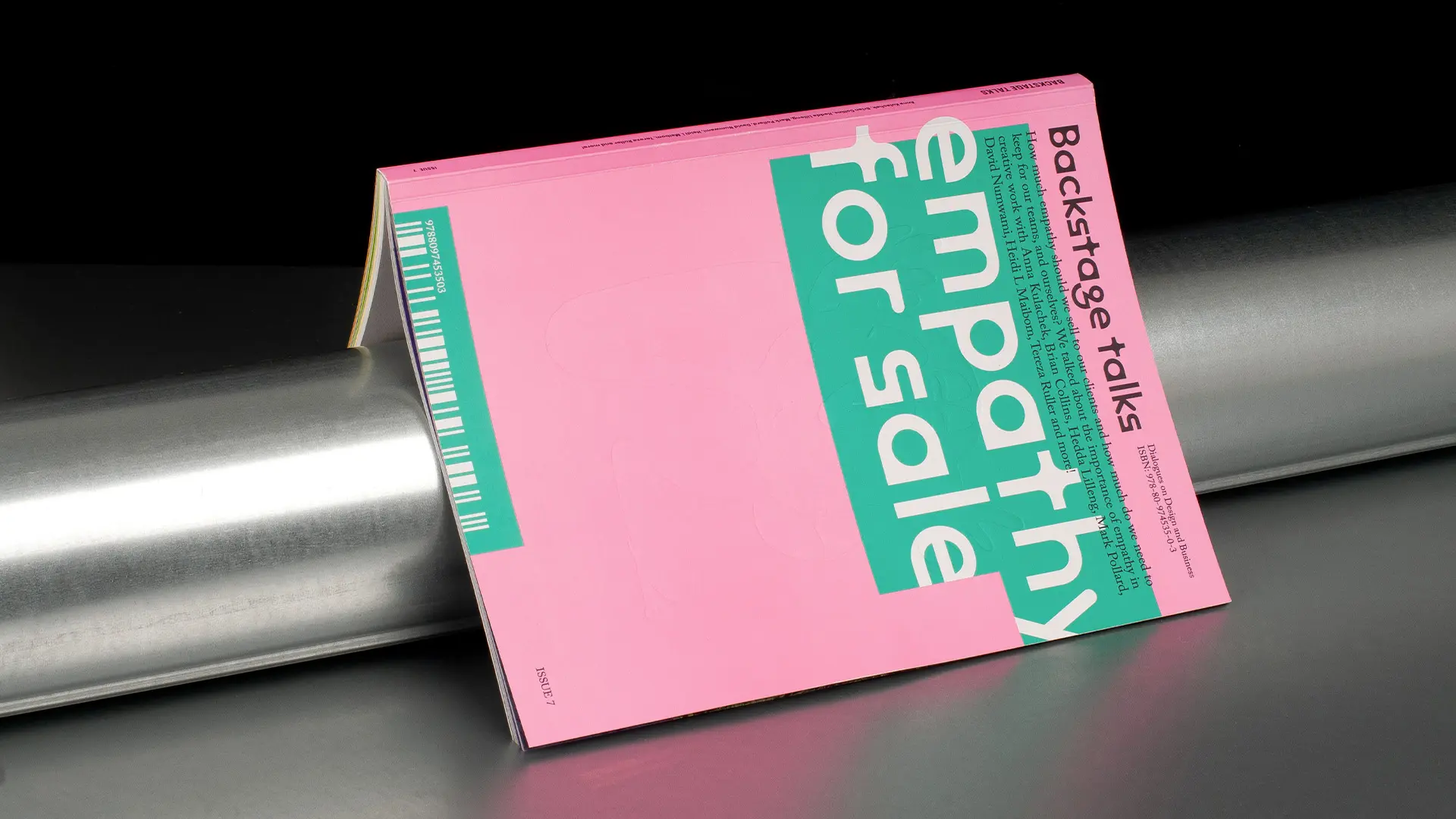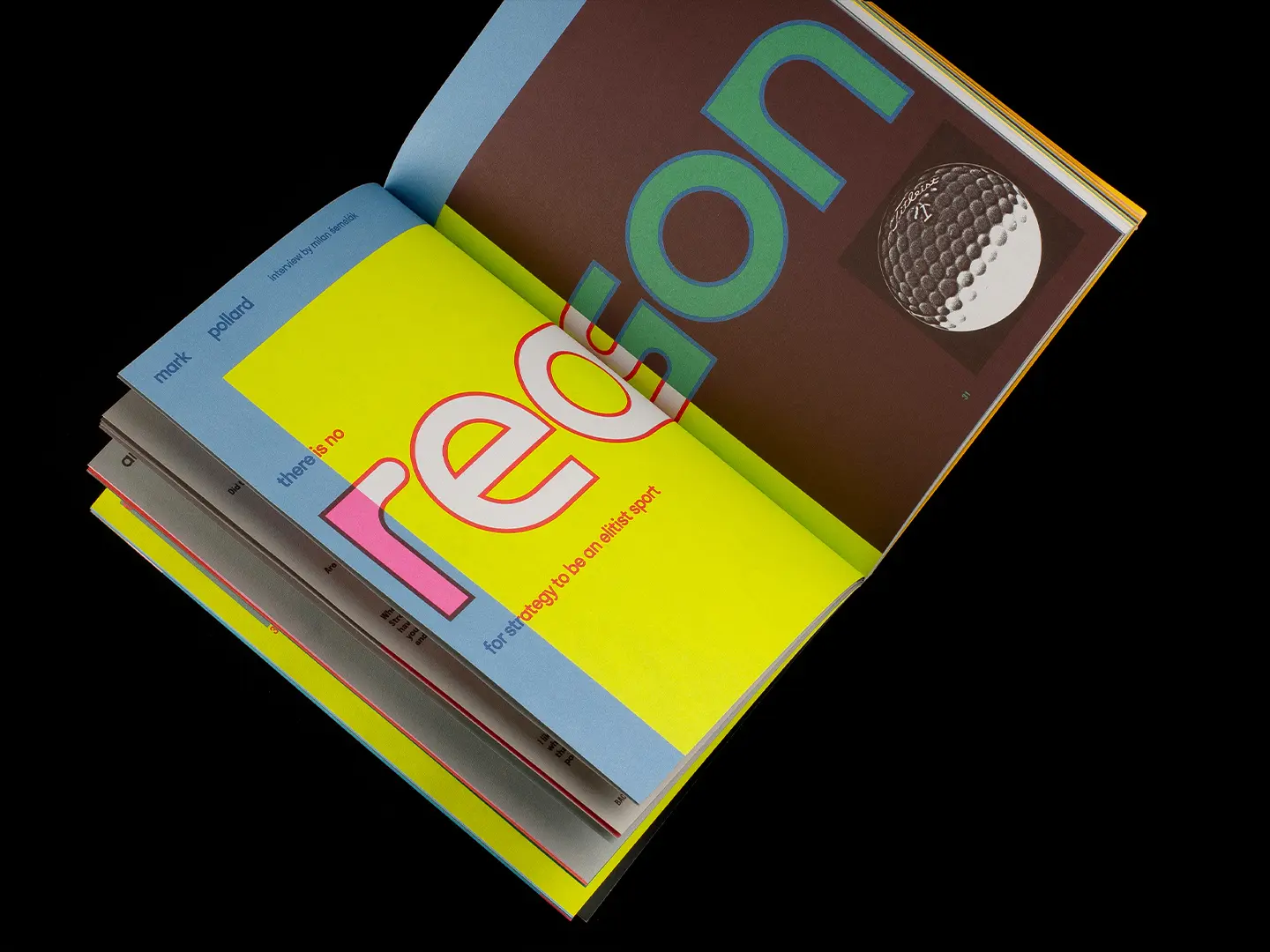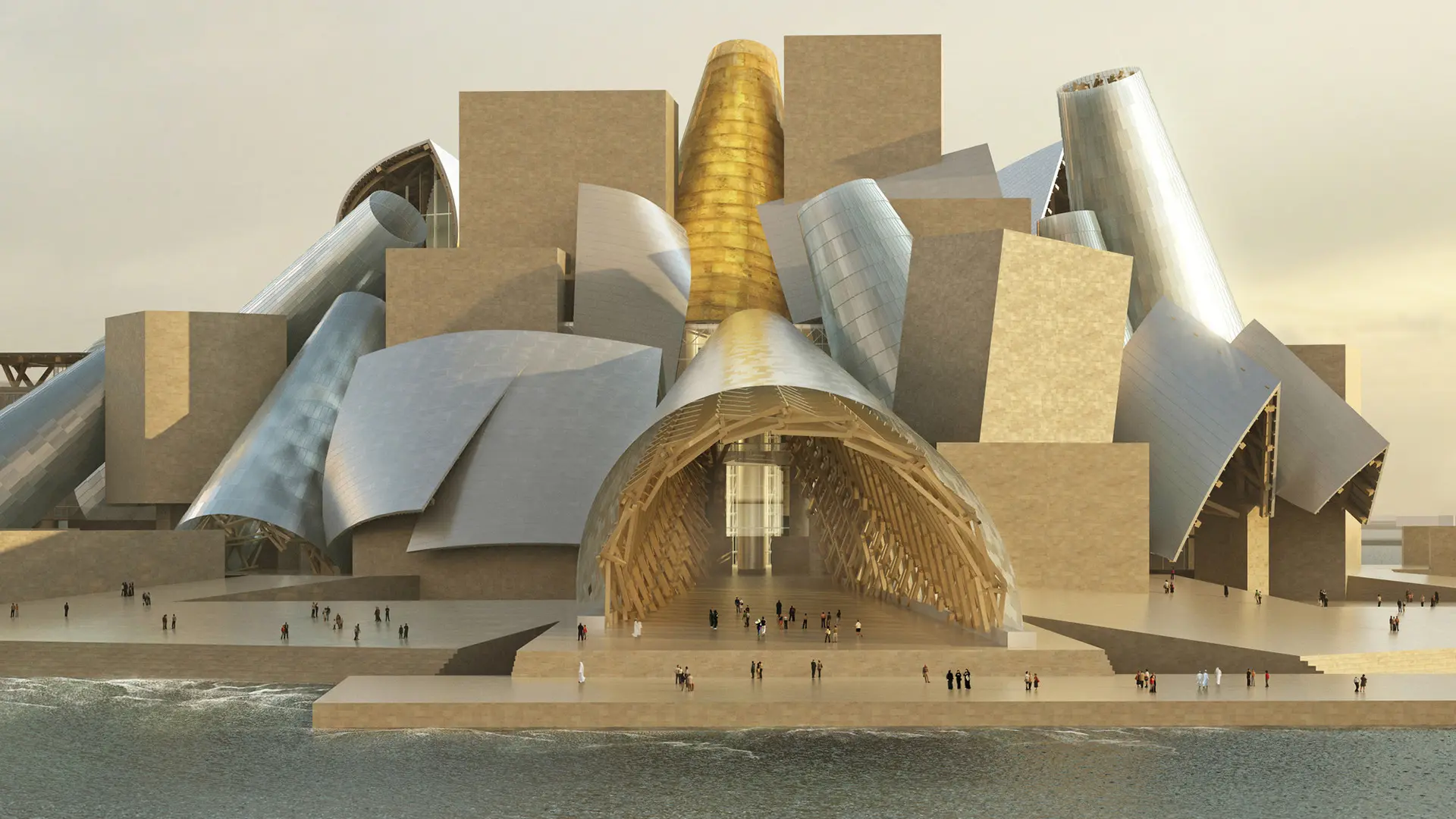From BIG to David Chipperfield, Frank Gehry to Snøhetta: a world tour of the best buildings set to open in 2026

A publishing project, now in its seventh edition, curated by the Slovakian studio Büro Milk, a collective of designers, journalists and visual artists from all over Europe
How does empathy influence our creative professions, our private lives or even the built environment? What do other creatives do to avoid cynicism? Can stories really make us more empathetic? And what can we do when feeling for others makes us lose sight of our own feelings; or when we become overwhelmed by all the injustices of this complex world? Does having empathy for ourselves make us have more for others, too?
The new issue of Backstage Talks, a publishing project from Büro Milk, the Slovakian collective of designers, journalists and visual artists from all over Europe, opens with these questions. As they suggest, the seventh edition of this independent magazine edited by Martin Jenča is entirely devoted to the concept of “empathy.” So, how do we avoid cynicism? Seven creatives from different fields attempt to respond: the designer Nicole McLaughlin, the designer, artist and photographer Ana Kraš, the journalist and writer Kati Krause, the author Leslie Kern, the artist Andrej Dúbravský, the art director Kurt Woerpel and the architect Christopher Laing.

The highlights of this edition include an interview with New York-based Ukrainian art director Anna Kulachek, who has worked with institutions such as MoMA, Triennale di Milano and high-end brands such as Nike, Apple, Calvin Klein and Prada. The designer and educator Ľubica Segečová talked to her about the Strelka Institute, the joys and challenges of teaching and the ideal work setting.
There is a contribution to the debate on the subject of this issue in the form of the transcript of a lecture given by the American designer and creative director Brian Collins at the Kellogg School of Management at Chicago’s Northwestern University. Amongst other things, Collins addresses the topic of Regenerative Design: “a term that has gained traction over the last few years in agriculture and architecture, but the ideas transcend discipline and sector. In architecture, it means building in a way that helps restore the eco-functionality of a landscape. In agriculture, the focus is on restoring the microbiome — the micro-biodiversity — of the soil. When soil is alive and healthy, it stores more carbon and absorbs more water, both of which are good for the climate. It is richer in micronutrients, too, so healthier soil means healthier food.”

With Hedda Lilleng, designer and strategist, as well as managing director of the architecture studio Snøhetta, the journalist Petra Marka tackles the theme of sustainability in the prestigious Oslo-based studio: “As a response to this, Snøhetta’s mission is that architecture and design should, and must, contribute to improving society or the environment. As a global practice, we aim to play a central role in creating cultural, societal and economic value for our clients and for society at large.”
On the subject of social responsibility, there is a contribution from Tereza Ruller, independent designer, educator and co-founder of The Rodina studio. In a conversation with Martin Šanta that also touches on the role of designers and the concept of “creating a system,” she says: “We as designers often think we can solve everything. That is a very sick idea, designers solving all the wicked problems of the world. From ecological crises to making social change. We have to still stay on Earth. It is better to collaborate and use our expertise to work with other experts, as well as to listen to regular people sharing their experiences. I would really love to work with an expert in making social projects. At a certain level, I shouldn’t do that alone. It really should be done together.”




 Stories
Stories








